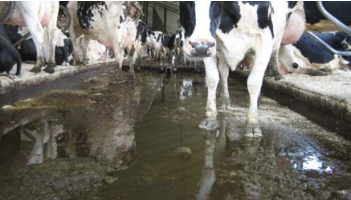Klebsiella Mastitis Prevention and Control
Overview
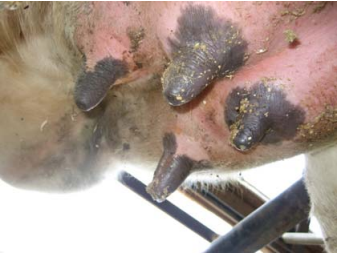
- Klebsiella mastitis can be visible or invisible
- Wood based bedding products can be a source of Klebsiella
- Many healthy cows shed Klebsiella in their feces
- Any type of bedding, even sand, can become contaminated with Klebsiella from feces
- Manure in alleyways and holding pens is also a source of Klebsiella
- Effective treatment of Klebsiella mastitis requires a very specific protocol.
- Prevention through pen and alley hygiene is key!
Klebsiella mastitis is increasingly common in New York, the Northeast and other parts of the USA. Klebsiella is similar to E. coli in many respects, but there are differences too. Like E. coli mastitis, Klebsiella mastitis originates from the environment. Both types of mastitis can be fatal.
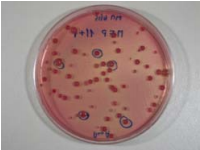
Cows that survive clinical Klebsiella mastitis often develop chronic mastitis. Milk may appear normal, but somatic cell counts are high, and repeated clinical cases may occur. Cows with chronic Klebsiella mastitis are often culled for high cell count, recurrent mastitis or production loss.
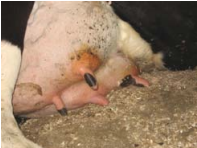
Vaccination does not provide much protection against Klebsiella mastitis. Extended intramammary treatment of mild infections with antibiotics may be curative. Consult with your veterinarian for treatment recommendations. Prevention is the key to control.
Sources of Klebsiella on the Dairy
Wood based bedding products can be a source of Klebsiella. But Klebsiella is also found in herds that bed with recycled manure or sand. QMPS research has shown that man healthy adult cows shed Klebsiella in their feces. Any bedding that is contaminated with manure can contain Klebsiella. Nutrients and moisture in bedding enhance Klebsiella growth.
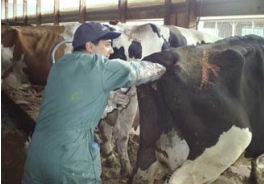
Manure also gets into alleyways, onto cows’ legs and teat skin. The chart below shows how often Klebsiella is found in different places and how it moves around.
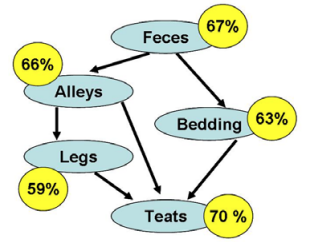
Prevention and Control
Store bedding in a clean and dry place, and keep beds as clean and dry as possible.The Klebsiella content of bedding can be tested if bedding quality is a concern.
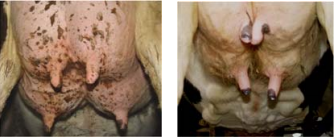
Keep cows clean! Premilking teat disinfection reduces bacterial loads, but it does not remove all Klebsiella from teats that are dirty.
Keep alleyways and holding pens clean. Manure with Klebsiella may splash onto cows’ udders, and it will contaminate feet and legs. When cows lie down, Klebsiella may be transferred from feet to teat.
Segregate cows with Klebsiella mastitis to avoid contamination of milking machine or environment with high bacteria loads.
